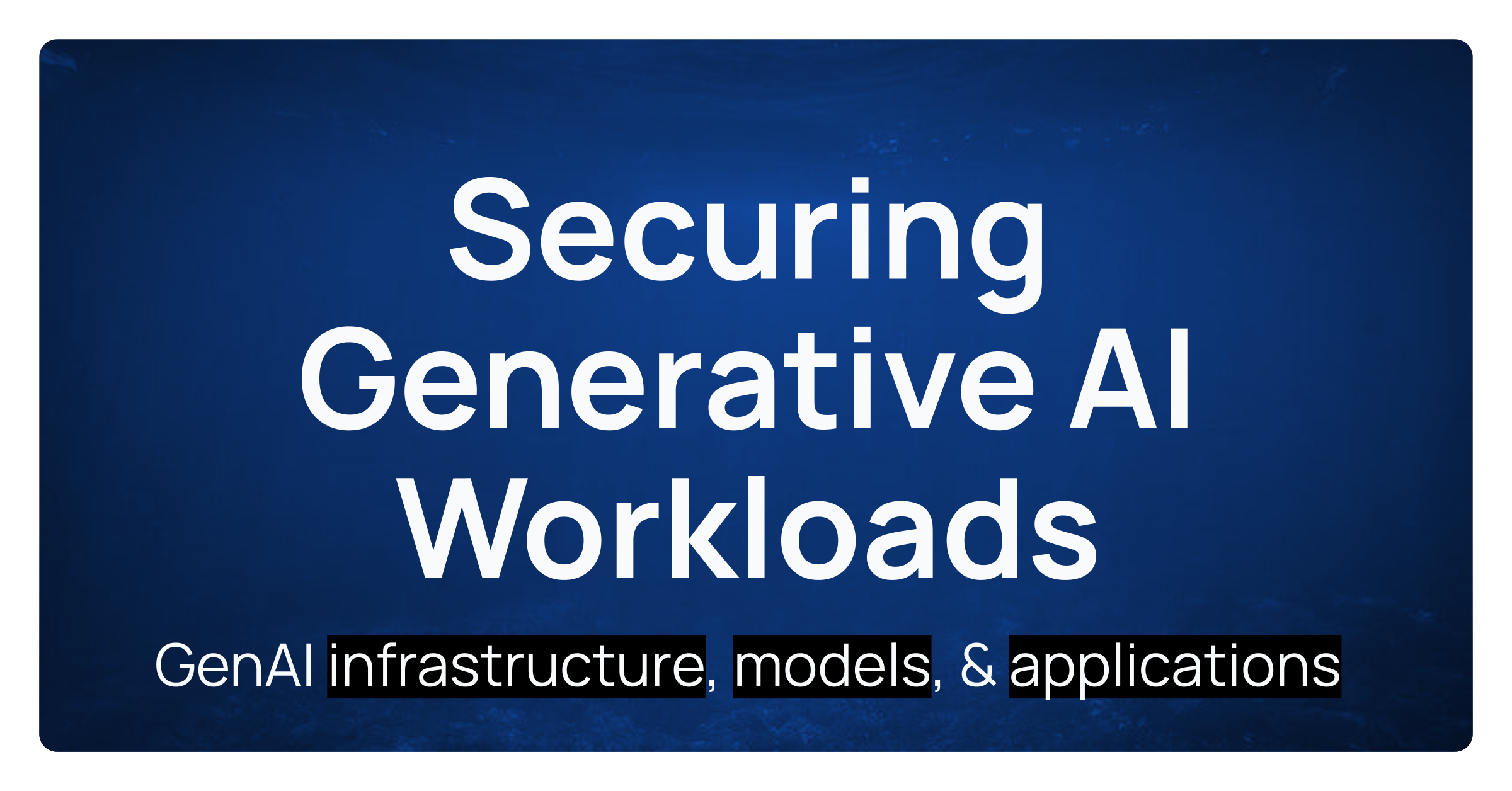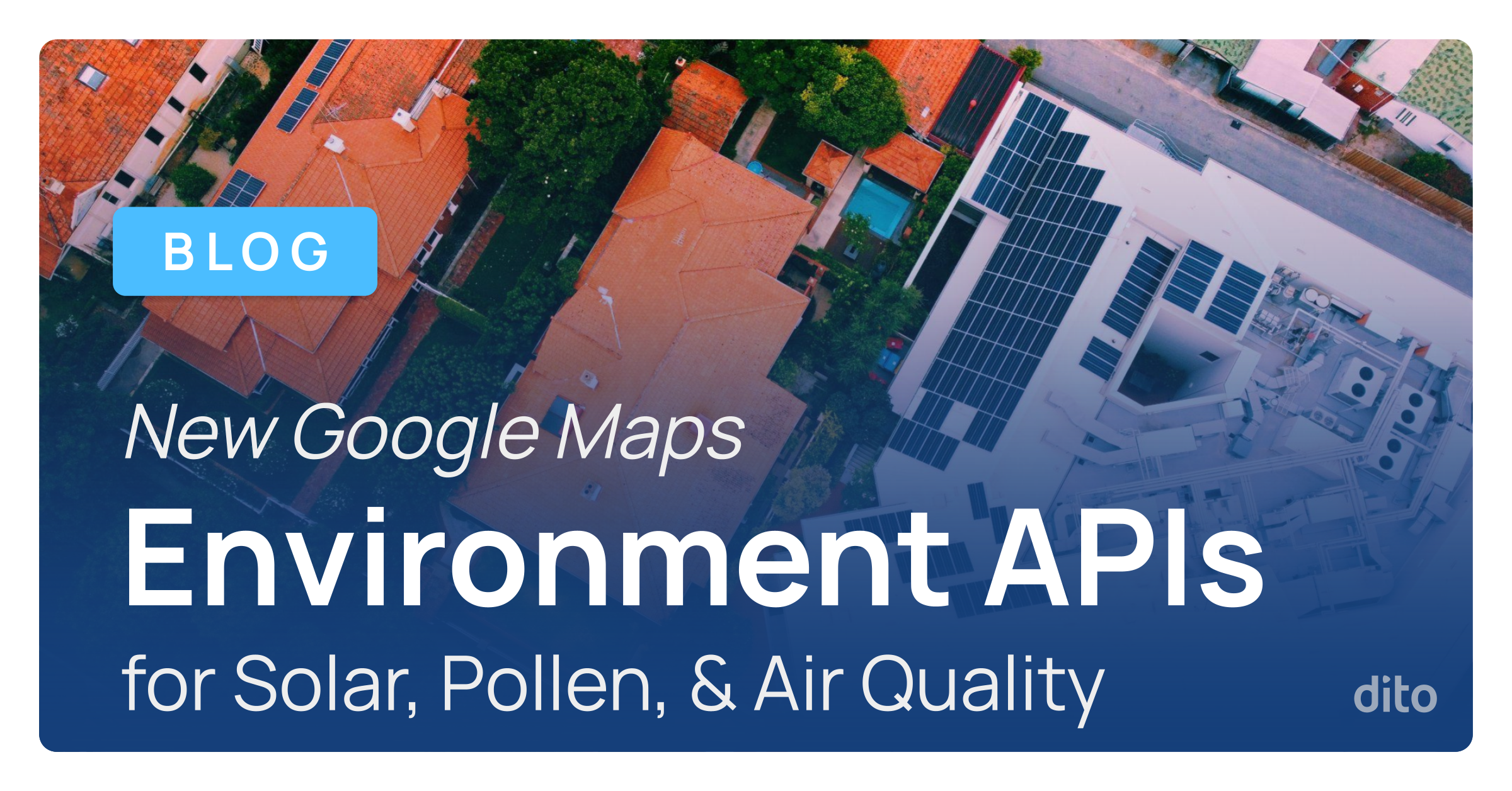In early April, Google announced a new solution, Anthos, designed to empower businesses to keep up with the growing challenges of hybrid, multi-cloud environments. In simplest terms, Anthos is a software-based management system that provides oversight, integration and control between multiple cloud environments, giving businesses the flexibility to move applications and services between cloud environments based on their needs.
Why Does Anthos Matter?
Cloud computing is a de facto method of maintaining IT systems in the modern enterprise, but that doesn’t mean the public cloud is the only option. Businesses are working to modernize their legacy apps, implement cloud capabilities in their on-premises solutions and manage hybridized multi-cloud environments. With cloud systems spreading across multiple data centers and provider environments, organizations need their cloud systems to talk to one another. In particular, it’s vital that businesses can manage all of their cloud systems as a single entity. As the industry stands, IT leaders maintaining multi-cloud environments are stuck dealing with huge overhead trying to support, broker and manage diverse cloud setups.
Anthos has the potential to turn a business’ entire cloud ecosystem into a central platform that can be managed through a single pane of glass. In practice, Anthos offers advantages that are applicable across most areas of IT, particularly for development, operations and security teams. Let’s look at how it delivers on this promise.
What is Anthos?
Anthos is a software-based cloud management solution that works with Google Kubernetes Engine (GKE) and GKE On-Prem so you can gain oversight and control of your cloud systems across a multi-cloud environment. It doesn’t require a hardware refresh. It doesn’t demand a full move to the Google Cloud – it’s focus on Kubernetes Engine setups makes it functional with AWS and Azure environments, though the system itself is housed in the Google Platform.
Because Anthos is built around open standards, you can use it to run applications across a wide array of existing platforms, saving your admins and developers from having to learn new environments to manage each cloud as a distinct system. Anthos completely changes how organizations can manage multi-cloud ecosystems.
How Does Anthos Work?
In short, Anthos brings together a bunch of existing Google Cloud tools under a single umbrella so they can work side by side to provide complete visibility and control of cloud environments.
The first thing to know in this is that the system is highly reliant on GKE and GKE On-Prem, so it’s likely to be most effective for containerized environments. Kubernetes features a control plane and nodes to organize containers and turn them into services. But the big barrier, historically, is that using GKE in different cloud environments meant that you have entirely separate clouds. In particular, this is evident if you’ve built a containerized private cloud on premises.
The Anthos Config Management tool exists above the GKE and GKE On-Prem instances to provide the management necessary to oversee the configuration, and tools like the Google Cloud Platform Marketplace, GKE Hub and Cloud Service Mesh provide essential functionality to provide the ancillary functions needed to support efficient cloud operations.
In practice, this blend of tools creates a situation in which:
- Services within an application can be housed in distinct environments, but operate as if they are a single cloud for management and support purposes.
- Organizations have a common orchestration layer to handle deployment and configuration management.
- Applications can be modernized wherever you host them, saving you from having to move premises-based systems into an external cloud or vice versa as you make changes and updates.
- Systems can be migrated across environments much more easily as Anthos features a dedicated migration tool to shift systems across various Kubernetes configurations.
- Setups are inherently future-proof as the foundational architecture of Kubernetes managed and connected by Anthos allows for easier modernization, upgrading and migrating to new configurations over time.
Connectivity is essential in delivering these benefits, and Anthos is built to provide a clear interconnection setup between the various GKE configurations that you may be combining. The simplest way to provide IP connectivity between systems using Anthos is through a site-to-site VPN setup that uses a blend of VPNs to serve as the communication layer between systems. On top of that, you can leverage Kubernetes tools to implement load balancing in Layer 4 and Layer 7 network components.
All of these capabilities come together to deliver robust service management with Anthos and Kubernetes coming together to eliminate the traditional issues that stem from monolithic applications. Instead of large, complex applications, organizations are left primarily with pods, containers and microservices that they can mix and match to optimize resource use, streamline release processes and eliminate overhead within the configuration.
How Can You Get Value From Anthos?
Today’s hybridized, multi-cloud IT world creates new and potentially frustrating challenges for tech teams to deal with. You have to handle a bunch of vendors, a variety of data center environments with varied infrastructure configurations and a wide array of virtual machine configurations. Anthos eliminates those challenges by letting you build a multi-cloud setup that functions as a single ecosystem. You set up Anthos and GKE in the Google Cloud Platform, but you can employ these tools across a variety of clouds in different provider data centers.
In practice, Anthos operates as a connecting fabric between your various cloud systems, streamlining tasks for operations and development teams. For dev teams, Anthos takes container management to another level by allowing for code-free operations for key tasks and simplifies use of microservices architectures. Operations teams get a single command for system deployment, major configuration management gains and transparency into a multi-cloud setup. As such, you get full cloud portability without excessive complexity.
Anthos also simplifies security because you can set standards on multiple levels, including clusters, applications and the configuration management layer. As such, you can simplify security management by adapting internal regulations based on the type of system you are managing.
While Anthos is a powerful tool in simplifying cloud management, there’s still a lot of wiggle room in terms of how you leverage the tool. Dito can help you determine the optimal strategy for your needs, providing a blend of consulting, training and support services to help you leverage the Google Cloud to its full potential.










